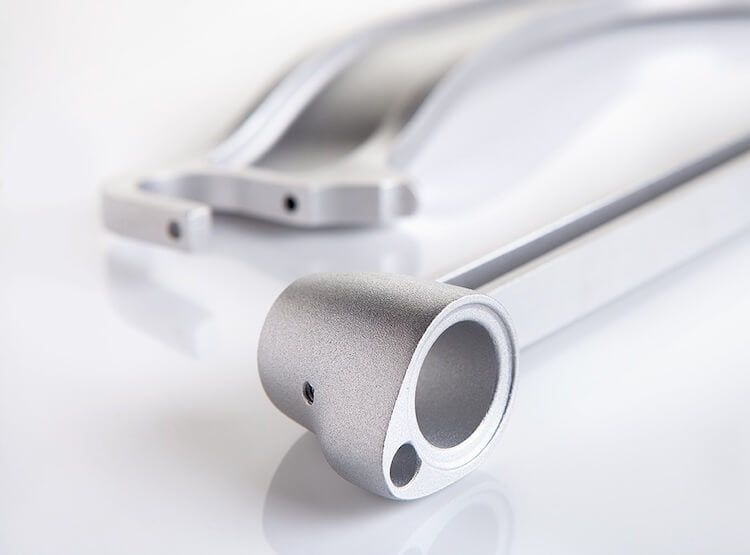Published - 22nd Jul 2024

When it comes to manufacturing metal components, choosing the right process can significantly impact the quality, performance, and cost of the final product. This is particularly important when manufacturing from nickel-base superalloys. In this comprehensive guide, we will look at forging vs investment casting, focusing on their respective benefits, challenges, and applications.
Nickel-base superalloys are increasingly used in performance critical industries, thanks to their excellent strength and corrosion resistance. However, components using these superalloys can prove challenging to manufacture. This article will explore why investment casting might be the optimal choice for creating corrosion-resistant parts from nickel-base superalloys.
Forging involves heating metal to a temperature at which it can be shaped by force. For nickel-base superalloys this is often above 1000°C as below this temperature the material is too stiff to deform. This high-temperature requirement poses several challenges, one being that adiabatic heating during the forging process can lead to localised melting within the metal.
Nickel-base superalloys are known for retaining their strength up to around 85% of their absolute melting temperature. This characteristic, while beneficial for performance, makes forging particularly demanding:
Forged components often require post-machining to achieve the desired shape and dimensions. This adds to the overall production cost and time due to the inherent challenges in machining nickel-base superalloys:
Investment casting offers an alternative manufacturing process that addresses many of the challenges associated with forging nickel-base superalloys. For more information see our article An overview of the investment casting process.
Investment casting allows you to create intricate and precise components with high dimensional accuracy. This eliminates the need for extensive post-machining, reducing both time and costs.
The surface finish achieved through investment casting is typically superior to that of forged parts, resulting in smoother, more aesthetically pleasing components.
Investment casting provides greater design flexibility, enabling the production of complex geometries that would be difficult or impossible to achieve through forging. This flexibility is particularly advantageous for creating parts with detailed features and thin walls.
While the initial setup for investment casting can be more expensive than forging, the reduced need for post-machining and the ability to produce complex shapes often result in lower overall costs.
In the aerospace industry, the high strength and excellent performance of nickel-base superalloys are essential. Both forging and investment casting are used to produce various components, but the choice often depends on the specific requirements of the part. For more on how investment casting benefits the aerospace industry, visit our Aerospace Investment Casting Solutions page.
For the automotive sector, investment casting is frequently preferred for its ability to produce complex and lightweight components, contributing to improved fuel efficiency and performance.
In power generation, the durability and corrosion resistance of nickel-base superalloys make them ideal for critical components. Investment casting is often chosen for its precision and reliability.
Choosing between forging vs investment casting for manufacturing nickel-base superalloy components depends on various factors, including the required strength, design complexity, production costs, and timeline. Investment casting often emerges as the superior choice for its precision, efficiency, and cost-effectiveness. In fact, a number of Investacast customers have found it cost-effective to switch the manufacture of their nickel-base superalloy components from forging to investment casting.
By optimising your manufacturing process for your materials and end use, you can ensure the highest quality and performance of your nickel-base superalloy components. Please get in touch to find out whether investment casting is the right choice for you.
Call us on +44 (0) 1271 866200 or email [email protected] to find out how Investacast can help you.
If you have a project, talk to our experienced sales team
Contact us